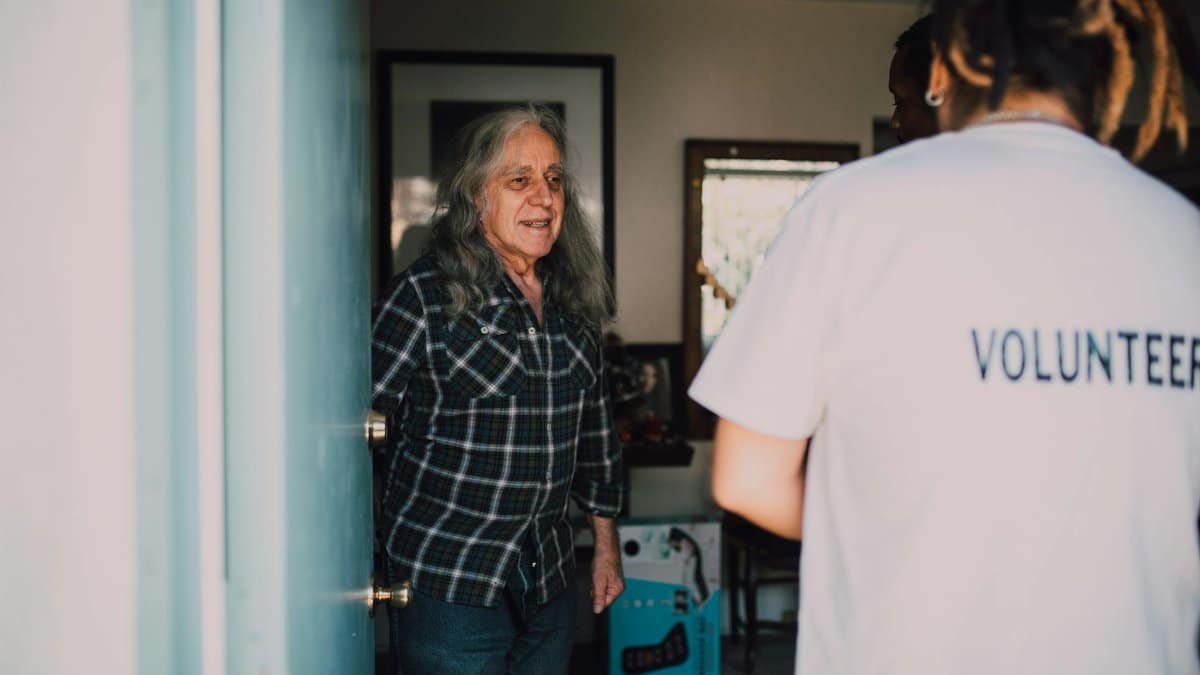Walk down any street in a place like Portland, Oregon, these days, and a subtle shift might catch your eye. Amid the bustle of daily life, more people seem to be rolling up their sleeves—not for grand causes halfway across the globe, but for hyper-local efforts just a few blocks from home. This isn’t about sweeping change or viral campaigns. It’s about something quieter, yet oddly powerful: local volunteering ego, or the way serving in tight-knit, walkable radii can reshape how we see ourselves and our neighbors. In an age of disconnection, where screens often outshine face-to-face bonds, this trend of 3-block radius service is striking a chord. It’s not just about giving time. It’s about shedding personal baggage and finding unexpected joy in the smallest of shared spaces.
Defining the 3-Block Radius Mindset

At its core, hyper-local volunteering means focusing on what’s immediately around you—often within a 3-block radius of where you live. Think picking up litter on your street, helping a neighbor with yard work, or organizing a tiny book swap at the corner park. It’s unglamorous, often invisible work. Yet, for many, it’s a deliberate choice to prioritize proximity over prestige. This isn’t about racking up social media likes or padding a resume. It’s about tangible impact you can see from your front porch. Studies suggest that localized efforts like these foster a sense of agency and belonging, countering the alienation of modern life. According to research from the Pew Research Center, community engagement at this micro level often correlates with higher personal satisfaction.
But there’s another layer. This kind of service can quietly chip away at ego—the need to be seen as important or indispensable. When the work is so close to home, there’s no room for grandstanding. It’s just you, a broom, and a sidewalk that needs sweeping.
The Ego Trap in Traditional Volunteering

Volunteering has long been viewed as a noble act, and it often is. But let’s not pretend it’s always pure altruism. Larger-scale efforts—think disaster relief trips or international missions—can sometimes feed what psychologists call the “helper’s high,” a rush of self-importance from being the savior. A 2019 study from the American Psychological Association noted that some volunteers report feeling a sense of superiority or validation after high-profile service, even if unintentionally. It’s human nature to crave recognition, to want your name on a plaque or a shout-out at a gala.
Hyper-local service flips that script. There’s rarely a spotlight when you’re hauling trash bags down the street. No one’s handing out awards for watering a community garden three houses down. For many, that’s the point. It forces a reckoning with why you’re helping in the first place. Is it for praise, or for the simple act of connection?
How Proximity Shrinks Self-Importance

Imagine this scene: a Saturday morning, gray skies overhead, and a small group gathers at a neglected lot just two blocks from their homes. They’re not strangers, exactly—most have nodded hello at the local coffee shop—but they’ve never really talked. Armed with gloves and shovels, they start clearing weeds. Halfway through, someone cracks a joke about their terrible gardening skills. Laughter cuts the silence. By the end, they’re swapping stories about the neighborhood’s quirky history. This isn’t a movie moment. It’s a real snapshot of what happens when service stays hyper-local, drawn from countless similar efforts across U.S. towns in 2025.
The magic here isn’t just the cleaned-up lot. It’s how working shoulder-to-shoulder, in a space everyone already knows, strips away pretense. Ego doesn’t have much room to breathe when you’re sweating over the same patch of dirt as your neighbor. Research from the Centers for Disease Control and Prevention highlights how such small-scale, shared activities can reduce stress and build social cohesion, often more effectively than broader initiatives.
Connection as the Real Reward

“It’s not about fixing everything—it’s about showing up,” one resident of a small Midwestern town said recently, describing their weekly habit of checking on elderly neighbors within a few blocks. Their words capture a truth many are rediscovering through hyper-local volunteering. The reward isn’t a shiny outcome or public praise. It’s the slow build of trust, the nod from someone across the street who now knows your name. In a culture obsessed with individual achievement, this kind of service reframes success as collective, grounded in the mundane but vital act of being present.
Data backs this up. A report from the Corporation for National and Community Service found that volunteers who focus on immediate community needs report stronger interpersonal ties compared to those engaged in more distant or abstract causes. When the people you help are the same ones you see at the grocery store, the stakes feel personal. Ego takes a backseat to genuine care.
Challenges of Staying Hyper-Local

Of course, it’s not all rosy. Committing to a 3-block radius can feel stifling for some. What if the needs right outside your door aren’t urgent, or don’t match your skills? Others wrestle with boundaries—helping neighbors can blur lines between personal space and obligation. One person shared in an online discussion how they felt drained after constant requests for small favors from folks just down the street. “I want to help, but I also need my downtime,” they admitted, a sentiment that resonates with many dipping into this kind of service.
Then there’s the risk of insularity. Focusing so tightly on your immediate surroundings might mean missing bigger systemic issues that need attention beyond three blocks. Balancing hyper-local action with broader awareness is a tension worth wrestling with, even if no easy answer exists.
Getting Started Without the Spotlight

So how does one begin? Start small—ridiculously small, even. Walk your block and notice what’s off. A littered corner? A neighbor struggling with groceries? Don’t wait for a formal program. Just act. If you’re in a city, check local bulletin boards or community apps for nearby needs, but don’t overthink it. The point of hyper-local volunteering ego—or rather, its dissolution—is that it doesn’t require a grand plan. It’s about consistent, quiet effort where you already are.
Another tip: team up. Knock on a neighbor’s door and propose a quick joint task, like clearing a shared alley. Keep expectations low and egos lower. The goal isn’t to lead a movement but to weave a tiny thread of connection. Over time, those threads form something stronger than any solo heroics could. As communities across the U.S. lean into this in 2025, the ripple effects might just surprise us all.
